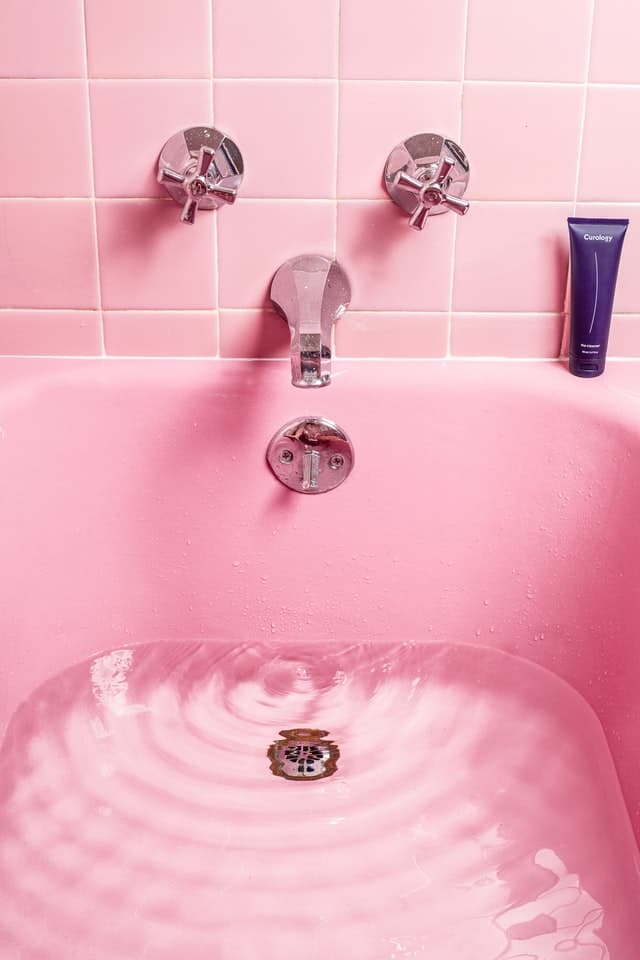
How Often Should An Elderly Person Bathe?
There are many misconceptions surrounding bathing when it comes to seniors. We are used to the notion that bathing is necessary everyday for hygiene purposes and taking care of our skin, but this actually is not the case for elderly people.
It is actually recommended that seniors bathe once or twice a week at minimum when a daily routine is not possible. Mobility issues, fatigue, and unwillingness can be issues that hinder a daily bathing routine too. Many people have their own preferences for their schedules based on multiple factors.
In this article we will discuss how often an elderly person should typically bathe, and how to manage hygiene with different kinds of patients.
Do seniors have to bathe every day?
As aforementioned, the answer is no. If an elderly person bathes at least once or twice a week, it will help prevent infections and skin problems.
It is possible to keep the body relatively clean without bathing every day. In the time period between baths, using a washcloth, preferably warm, to wipe areas that can emit odor such as armpits, groin, genitals, feet, or skin folds can help maintain better hygiene. Certain conditions may require more frequent bathing, which should be taken into consideration when deciding on a bathing schedule.
Bathing everyday can actually be harmful to some patients, as it can dry out skin, especially if the senior likes very hot showers. Here are some reasons daily bathing may not be necessary for a senior person:
- Dry Skin: Hot showers and abrasive soaps can cause dry skin that is uncomfortable and can lead to further issues.
- Skin Infections: Dry skin causes cracking, which can lead to infections.
- Vulnerability to injury: Elderly skin is thinner and more sensitive than that of a younger person. It can become more prone to tears and bruises. And some patients may just hate the feeling of being under running water. Bathing can also make seniors vulnerable to falls because of how slippery the floors of a shower area or tub can be.
Some people may have other issues that cause them to be unwilling to bathe daily. These can include:
- Pain caused by mobility issues
- Fear of water or the loud rush it creates
- Fear of slipping and falling. (This can be helped by the use of grab bars.)
- Discomfort or fear of the temperature of the water
- Baths can be fatigue-inducing
- Mental health challenges
This is why it is important to approach the activity of bathing while being considerate of how the elderly person feels about it. You can start off by bathing less frequently, but if the person starts to feel more comfortable, then the frequency of bathing can be increased.
How often should you bathe a dementia patient?
When it comes to patients with conditions like dementia, the situation can look a bit different. Many caregivers actually prefer bathing a dementia patient on a daily basis, because the more it becomes incorporated into a daily routine, the less they might resist the activity.
People with dementia may also have more frequent toilet mishaps, in which case, more frequent showers and baths are important to avoid infections. They may also wear incontinence briefs, which many seniors without dementia wear as well, where regular cleaning becomes crucial to getting rid of harmful bacteria and skin lesions.
How to get a dementia patient to shower
One of the biggest reasons dementia patients cannot shower frequently is because they are unwilling to get in the bath. The fears mentioned in the previous section can play into this unwillingness as well. It is difficult to completely change someone’s mind when they have developed a fear, but there are ways to make the activity seem less stressful and negative. Here are some ways you can get a dementia patient to shower:
- Establish a daily routine. Many people find that bath routines can help dementia patients feel more willing to partake in the activity.
- Use positive reinforcement, like doing something fun after a bath, so bathing becomes associated with something positive.
- Make the bathroom warm and comfortable. Seniors feel colder much more than younger people do, and baths are places you can end up feeling shivering cold. Keeping the bathroom warm can make a big difference.
- Use a hand-held shower. This allows better control of the water stream and the elderly person can see where the water is coming from. If loud sounds bother them, don’t turn on the water at full force.
- Let them know what you are doing, as they might even be able to learn how to do it on their own. It also lessens anxiety if they are aware of everything that is going on.
- Keep them comfortable. Try to do everything possible to make the person as comfortable as possible. This can mean turning on soothing music or giving them extra towels to use mid-shower to keep warm. Some dementia patients also like being in control of at least one thing during the process, so letting them hold something that you are using can be helpful.
Bathing a dementia patient, and any person for that matter, should be done with utmost sensitivity and patience. Baths can be a source of stress and lead to agitation. Always be considerate and mindful of how the elderly person feels.
7 things to keep when bathing an elderly person
If an elderly person is not bathing regularly, there are things to keep in mind to promote their hygiene between and during each bathing session. Seniors have different needs as they get older, and it is important to be mindful of them. As we have gone over some of the problems with bathing an elderly person, here are some of the ways to combat those issues, and make bathing as pleasant as possible for your senior:
- Be respectful of their dignity and privacy. Many people may find it demeaning, and a sign of lessened independence to need assistance for bathing, even if it is necessary. It is important to be considerate of this. Don’t assume that the person needs help washing their private areas, as they might be able to do it on their own. They may even be able to control a lot of their bathing, so you do not need to provide assistance every step of the way if they do not require it.
- Body odor that an elderly person has is actually different from when they were younger. After the age of 40, the skin generates fewer antioxidants which creates a different chemical compound that smells different. It is often described as a grassy smell. It is not soluble in most soaps and water. Soaps with persimmon can dissolve this compound, and foods high in antioxidants can help lessen the odor that comes from a less frequent bathing routine.
- If running water is unpleasant, there are many alternatives, such as sponge baths, bathing wipes, waterless cleansers, and no-rinse shampoos.
- If your senior has mobility issues, it can be worth looking into walk-in tubs, which can even make showers wheelchair accessible. Non-slip bath mats, installing a hand-held shower, and raising the height of the toilet can make a bathroom more safe and accessible to seniors.
- Installing a bidet for the toilet to provide better cleaning in between baths, if the person wishes to bathe less frequently
- For people with female genitalia, wiping or cleaning from front to back is important in preventing infections.
- Use mild bath products that promote moisture. Using a moisturizer after bathing is also a good idea.
Haircare for the elderly
While hair does not need to be washed every day, the scalp should still be washed regularly. Our scalps produce a natural oil called sebum that builds up on the scalp and can reach the ends of hair strands, making it greasy. Until the hair is washed, it will continue to accumulate. Seniors do not produce as much sebum, so their hair can be washed just once a week. However, their scalps are more fragile and sensitive, so it is important to be gentle and use mild shampoos and warm water.
There are many products that are used for washing hair that do not involve water like dry shampoo, making it an easier ordeal. However, wet-washing sessions are still important and can be easier to do because it doesn’t require a person to undress. Hair can be washed by positioning a washbasin behind the person.
Conclusion
Hygiene and bathing routines work differently for elderly people as their body undergoes changes that require a different kind of care. There are many ways to promote the hygiene of an elderly person while still making them feel comfortable. Making use of these bathing alternatives can make seniors feel more positive about their hygiene routine, and put less stress on you as the caregiver too. Every senior requires care, patience, and respect when being assisted with bathing.
Now that you are equipped with a deeper understanding of a senior’s hygiene needs, and strategies to adapt their routine for comfort, it can significantly enhance their daily life. This knowledge can transform their perspective on bathing into a more positive one. We wish you the best of luck as you care for your senior.
Related Articles
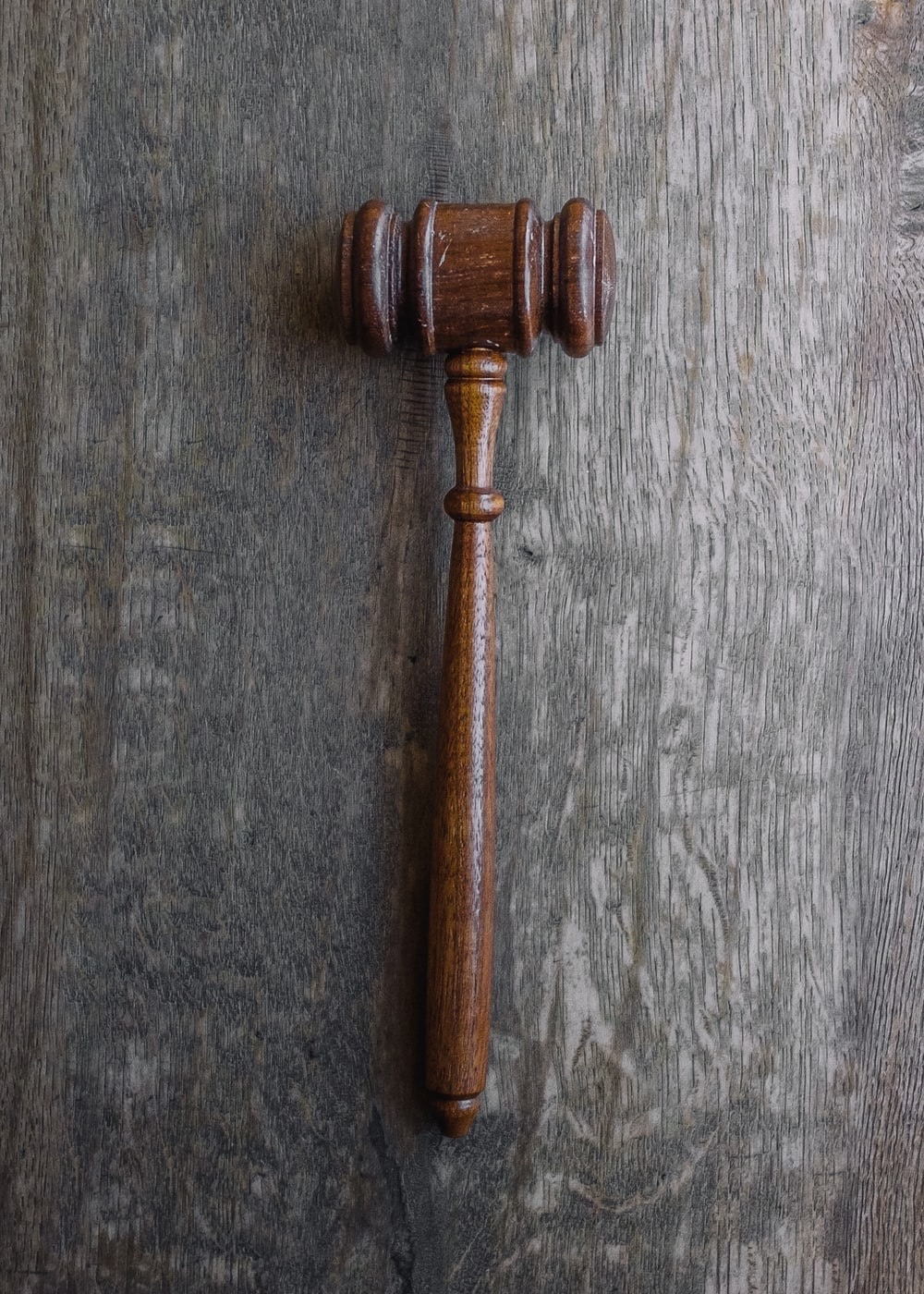
Elder Law Attorneys: A Comprehensive Guide
If you are someone who is taking care of a senior or has an elderly loved one, you should consider working with an elder law attorney. Though you may not expect it, individuals begin to face new and more complex legal concerns as they get older. Actions that may have seemed trivial when they were […]
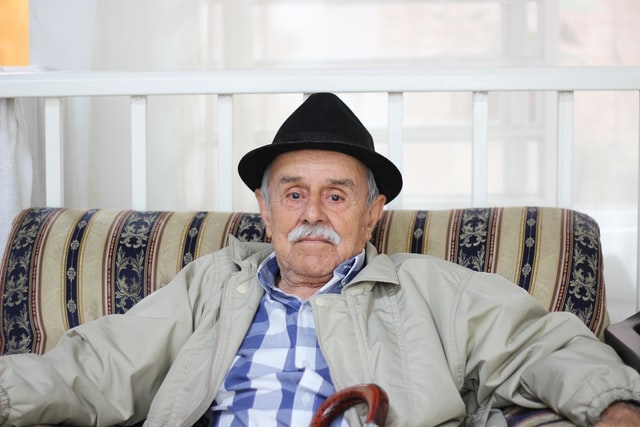
When Is It Time for Assisted Living?
Wondering if it is time for assisted living for your loved one is a common question for caregivers. As a caregiver, you might have been considering the question for months or possibly even years. Your loved one might have declined to continue the discussion as the thought of moving out of their family home and […]
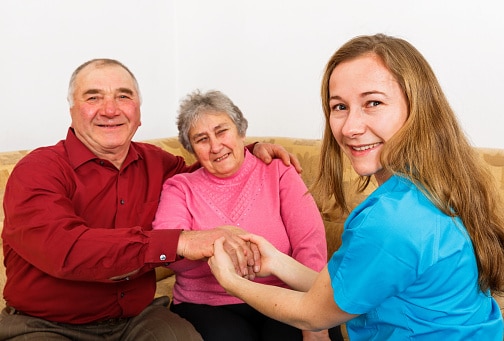
All About Adult Day Care: Community and Costs
Adult day care is a fairly new concept for caregivers. The basic idea is to provide a secure place where seniors can enjoy social activities during the day and be provided nursing care as needed. It’s a hybrid model of eldercare that prioritizes community. At the same time, seniors get help with common custodial tasks […]
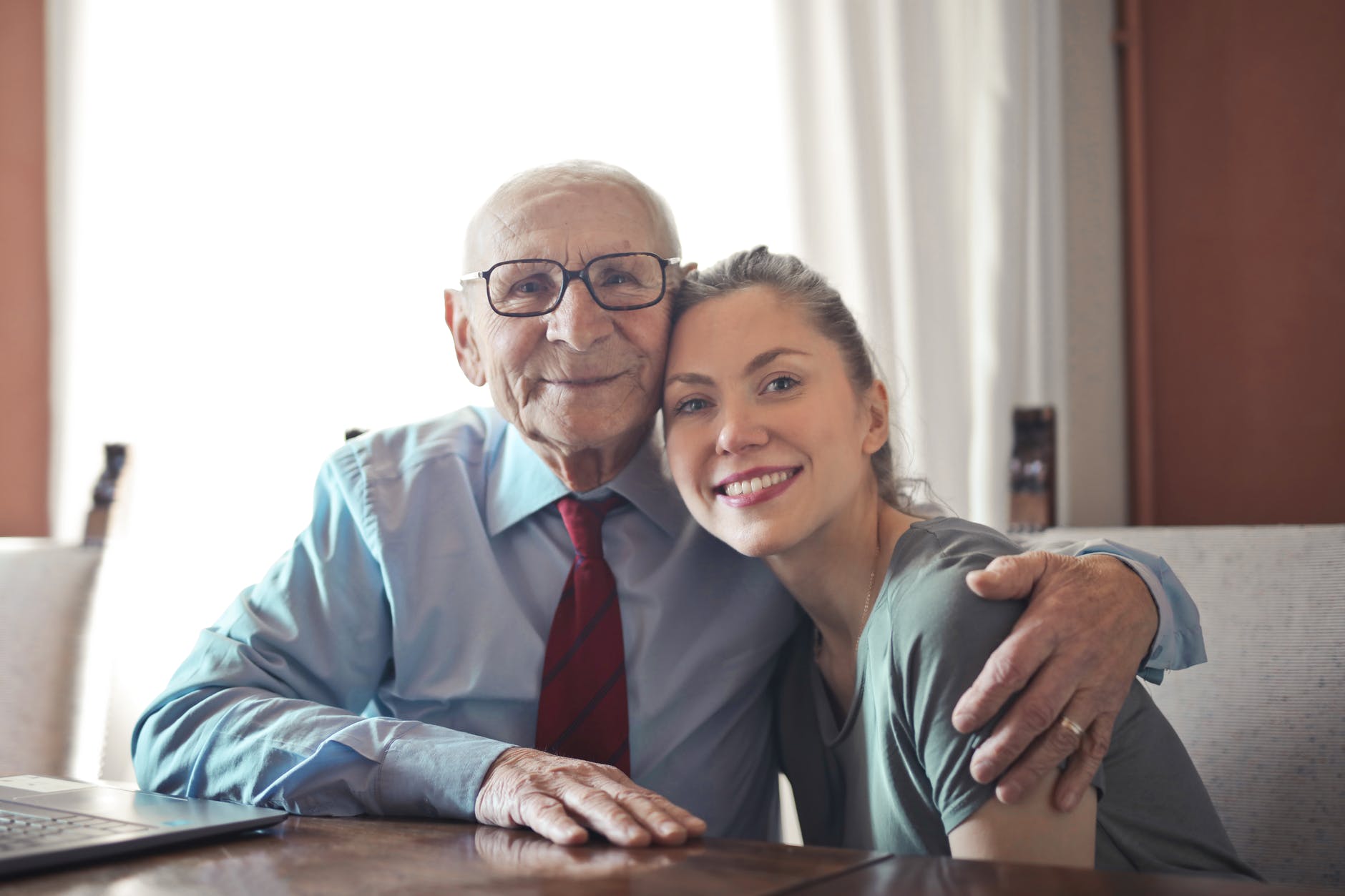
Respite Care: An Overview
Caregiving can be overwhelming at times. That’s why taking a break is essential for recharging your battery. Respite care, also called short break care, is a way for caregivers to get temporary care for their loved ones so they can take some time to rest. Getting this “me time” of respite care can renew the […]
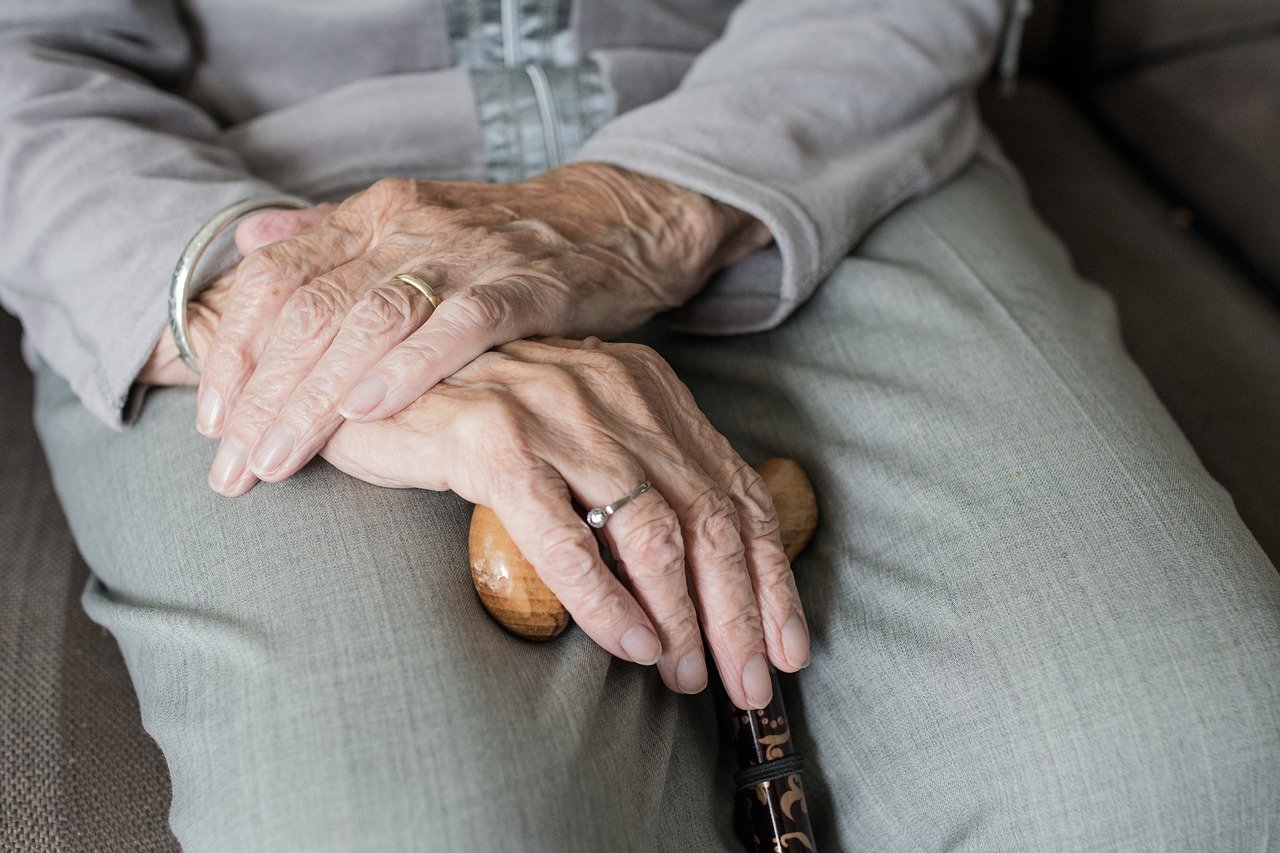
An Overview of Senior Rehabilitation Centers
Recovering from injury or illness in your golden years may take time and support. That’s where senior rehabilitation centers become essential. If you need a temporary stay to recover from injury or illness, senior rehabilitation centers can be the solution to get expert care and daily support. In this article, we’ll give you an overview […]
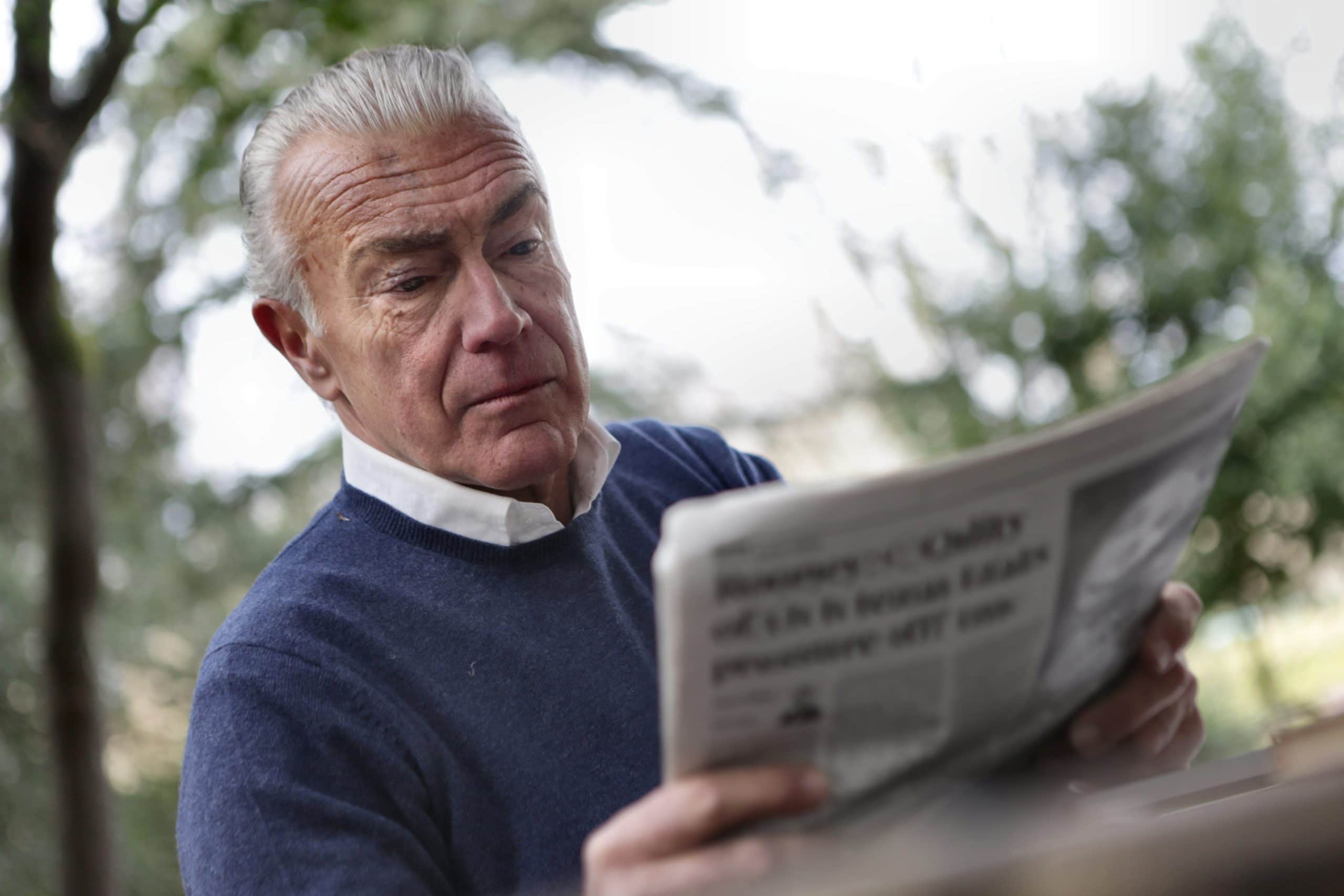
A Caregiver’s Guide to ADLs and IADLs
This article has been medically reviewed by Dr. Martin Duggan in 2021. This content is not intended to be a substitute for professional medical advice, diagnosis, or treatment. Always seek the advice of your physician or another qualified health provider with any questions you may have regarding a medical condition. As a family caregiver, your […]